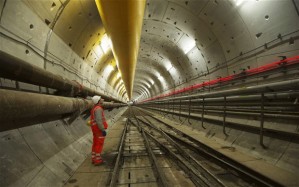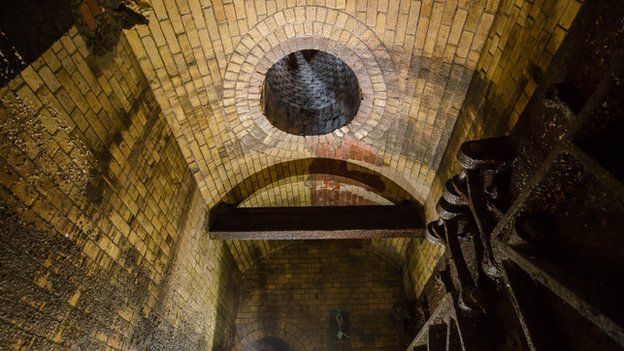Drainage of foul water
Foul waste water is water that comes from sanitary conveniences like toilets and wash hand basins. Suitable drainage must be supplied to remove foul water from a building using the following methods;
- Through an existing public sewer
- Through a private sewer that then connects to a public sewer
- Into a septic tank or water treatment system
- Into a cesspool
Public sewer systems are the main preferred method of drainage. You have to make sure that any risks of blockage is kept to a minimum, foul air doesn’t emanate the system, the system is ventilated, blockages can be accessed and cleared. As long as the design of the system, holding capacity and pipework diameter is sufficient then issues are limited. At any point where foulwater is discharged into the system a water seal trap should be included to prevent foul air escaping. Under conditions of use, the trap should retain a minimum of 25mm of water.
Connecting drains to a sewer system
- Foul drainage should be connected to a public foul or combined sewer wherever this is practicable.
- For small developments connection should be made to a public sewer where this is within 30m provided that the developer has right to construct drainage on private land.
- Where levels do not permit drainage by gravity a pumping installation should be provided.
- For larger developments it may be economic to connect to a public sewer even where the sewer is some distance away.
- It is important the drains and sewers are not damaged during any construction works.
- The sewerage undertaker is responsible for maintaining a set of records detailing the location of sewers and drainage under section 199 of the Water Industry Act 1991.
- Where settlement damage may occur, 100mm of flexible filling should be used to surround pipework.
- If a drain or sewer is found to be less than 2m in depth, it is advised that the foundation is extended to allow the drain or sewer to pass through.
- Where a drain or sewer is greater than 2m in depth any foundation work above it should be formed as a lintel that spans over the drainage pipework with a minimum of 1.5metres span either side for pipework.
Plans for a £4.2bn “super sewer” under London have been given the go ahead by the government, it has started in 2016 to 2023. The city’s current Victorian drainage system cannot cope. It will run from Acton to Abbey Mills in East London and has a capacity of 1.25million cubic metres. Thames Water are adding £80 a year to customer bills because of it. Current systems overflow on a weekly basis, flushing 39 million tonnes of raw sewage straight into the Thames each year. During the 19th Century, the river Thames was an open sewer, which contributed towards the cholera epidemic. Joseph Bazalgette was the chief civil engineer who was responsible for carrying the development and construction of London’s modern sewage system.


